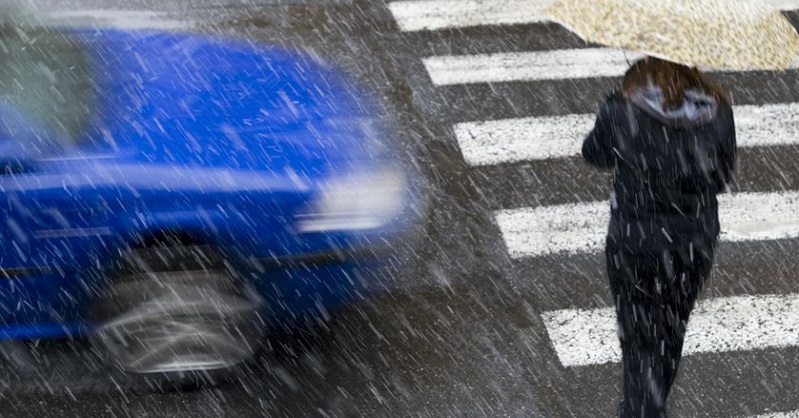Denver reported 2.74 pedestrian accident deaths per 100,000 people in 2016, according to NHTSA data.
Ninety-Three Fatal Pedestrian Accidents in Colorado in 2017
While automakers have made significant investments in keeping drivers and passengers safer on America’s roads, pedestrian deaths have been rising substantially. Between 2008 and 2017, the number of pedestrians killed in accidents rose nationally, between 14 percent and 19 percent, according to data compiled by the National Highway Traffic Safety Administration (NHTSA).
The NHTSA found that a higher percentage of pedestrian deaths (76 percent) occurred in cities and on open stretches of road (72 percent) as opposed to intersections (18 percent). Among cities with populations of 500,000 or more, the most dangerous for pedestrians were Phoenix, with 5.57 pedestrians killed per 100,000 people in 2016, followed by Albuquerque with 5.54 per 100,000, and Oklahoma City, with 4.39 per 100,000. Denver reported 2.74 pedestrian deaths per 100,000 people in 2016, according to NHTSA data.
Colorado Pedestrian Fatalities Up in Recent Years
Colorado pedestrian accident deaths went up 11 percent from 2016 to 2017, and a huge 45 percent from 2016. According to the Colorado Department of Transportation (CDOT), most pedestrian accidents occur away from intersections, prompting the agency to launch a public awareness campaign intended to educate both pedestrians and motorists about the importance of using crosswalks at intersections. While crosswalks won’t necessarily protect pedestrians from injury, they are designed to guide people across the street safely.
Pedestrian Detection Systems
Pedestrian detection systems are now standard equipment on about one-third of new vehicles and are available as an option on about 30 percent more, according to the 2019 Auto Issue of Consumer Reports.
Automakers are increasingly adding pedestrian detection capabilities into their automatic emergency braking (AEB) systems, and the Insurance Institute for Highway Safety (IIHS) has found that these systems could potentially prevent or reduce the severity of approximately two-thirds of vehicle-pedestrian accidents and prevent an estimated 58 percent of related deaths.
But as promising as pedestrian detection systems are, they sometimes produce false positives and sometimes don’t sense a person who is there, reinforcing the need for attentiveness by both pedestrians and motorists, who face issues such as poor street design, improper speeds, and distraction.
Here are some precautions pedestrians and motorists can take to make our roads more pedestrian-friendly:
Tips For Pedestrians
- Follow pedestrian signals and rules for crossing carefully.
- Put your cellphone away when crossing the street.
- If the signal is flashing DON’T WALK, don’t start to cross, but continue walking if you are in the middle of the street.
- If a steady DON’T WALK is illuminated, don’t attempt to cross.
Tips For Motorists
- Stop before the crosswalk, not within it.
- When the light turns green, proceed with caution and make eye contact with pedestrians, assuring them that it is safe to finish crossing the street.
- Reduce your speed at night, when pedestrians might be harder to spot.
Some cities are taking positive steps to reduce pedestrian injuries and deaths, according to Consumer Reports. For example, Boston saw immediate safety improvement after lowering the speed limit from 30 mph to 25 mph in the city. In Detroit, pedestrian fatalities were reduced after faulty streetlights were replaced in certain areas.
If you have suffered serious injuries as a pedestrian, contact Colorado attorney Dan Rosen for a free initial consultation to discuss your potential personal injury case.

